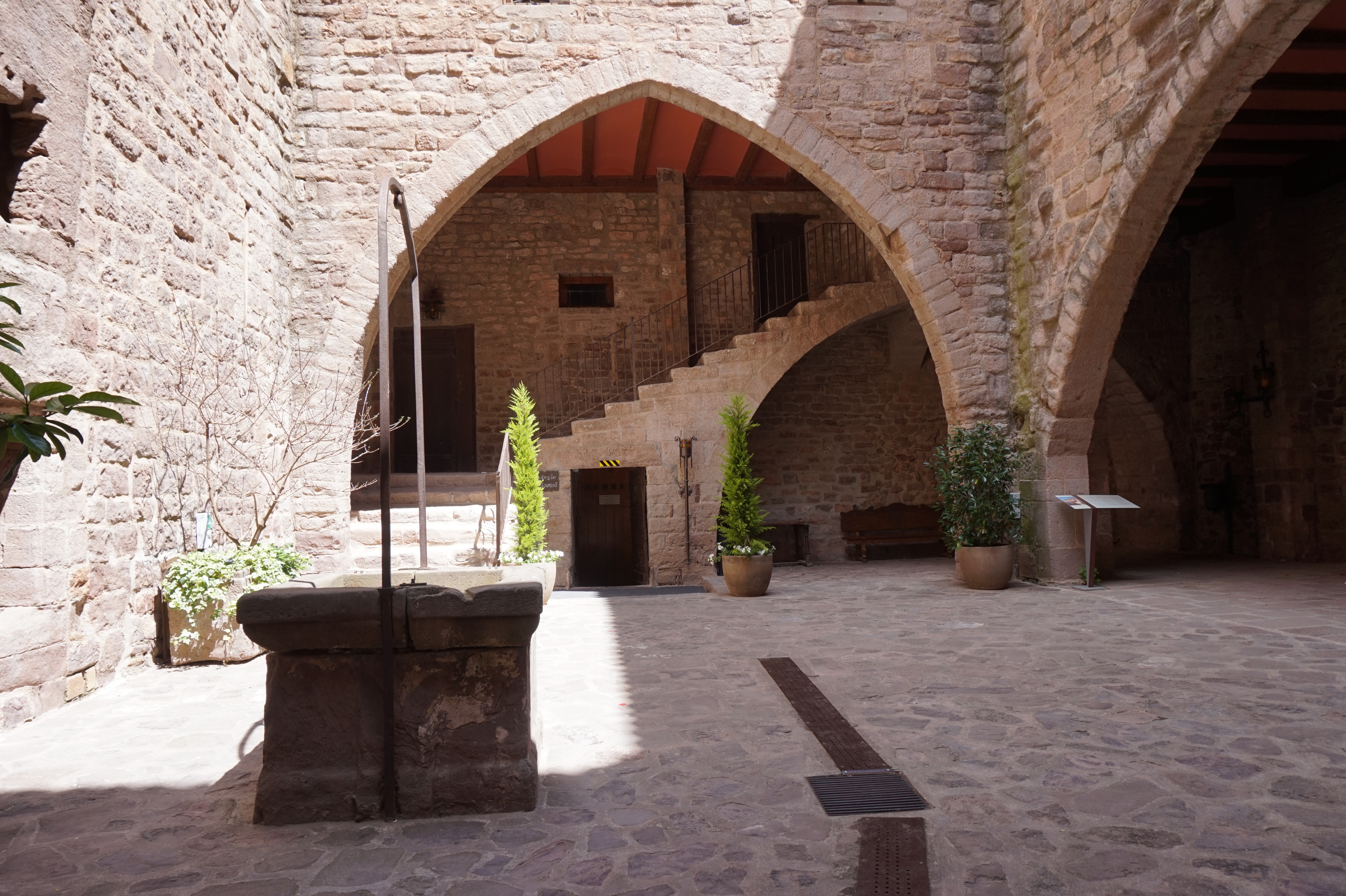


The use of a vault instead of a wood covering spread throughout Europe.Īdditionally communications were re-established and there was rapprochement between various European monarchs as well as restored relations with Byzantium. Monasteries and churches were built during these years and architecture was geared towards more durable structures to withstand future attack as well as fire and natural disasters. Within this context an organizational spirit emerged throughout Christendom with the monks from Cluny. In Spain the Christian kings were well underway with the Reconquista, signing pacts and cohabitation charters with the Muslim kings. The main forces that emerged were the Ottomans and the Holy Roman Empire, including the pope, whose power became universal and who had the power in Rome to crown emperors. Towards the end of the tenth century, a number of stabilizing events restored some balance and tranquillity in Europe, greatly easing the political situation and life in Christendom. In Spain the Almanzor campaigns were disastrous, also razing and destroying many of the monasteries and small churches. Europe had seen, in the preceding centuries, the decline of the Carolingian splendour and had undergone Norman and Hungarian invasions (the Hungarians reached as far as Burgundy) that resulted in the destruction of many of the peninsula's monasteries. The Romanesque period corresponds to a time when Christianity was more secure and optimistic. San Miguel de Escalada, a Mozarabic monastery in León Civil monuments (bridges, palaces, castles, walls and towers) were also built in this style, although few have survived.īackground and historical context Sanctuary in the Spanish March ( aragonese romanesque, 972) San Miguel de Lillo Church, example of Asturian art. cathedrals, churches, monasteries, cloisters, chapels) which have survived into the twenty-first century, some better preserved than others. Its mark was left especially on religious buildings (e.g. The First Romanesque style spread from Lombardy to the Catalan region via the Marca Hispánica, where it was developed and from where it spread to the rest of the peninsula with the help of the Camino de Santiago and the Benedictine monasteries.

Romanesque architecture spread throughout the entire northern half of Spain, reaching as far as the Tagus river, at the height of the Reconquista and Repoblación, movements which greatly favoured the Romanesque development. Romanesque architecture was developed in and propagated throughout Europe for more than two centuries, ranging approximately from the late tenth century until well into the thirteenth century.ĭuring the eighth century, though Carolingian Renaissance extended its influence to Christian Western Europe, Christian Spain remained attached to the traditional Hispano-Roman and Gothic culture, without being influenced by European cultural movements, until the arrival of the Romanesque. Romanesque architecture in Spain is the architectural style reflective of Romanesque architecture, with peculiar influences both from architectural styles outside the Iberian peninsula via Italy and France as well as traditional architectural patterns from within the peninsula. Clement of Tahull, Lérida shows Lombard influences in the First Romanesque of Catalonia San Martín de Frómista, Palencia Basilica of San Isidoro, León Church of St. ( November 2012) ( Learn how and when to remove this template message) Please help to improve this article by introducing more precise citations. This article includes a list of general references, but it lacks sufficient corresponding inline citations.


 0 kommentar(er)
0 kommentar(er)
